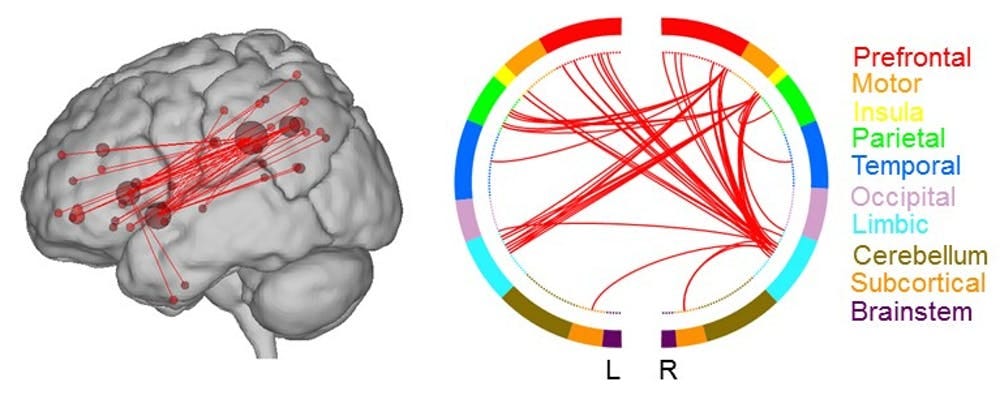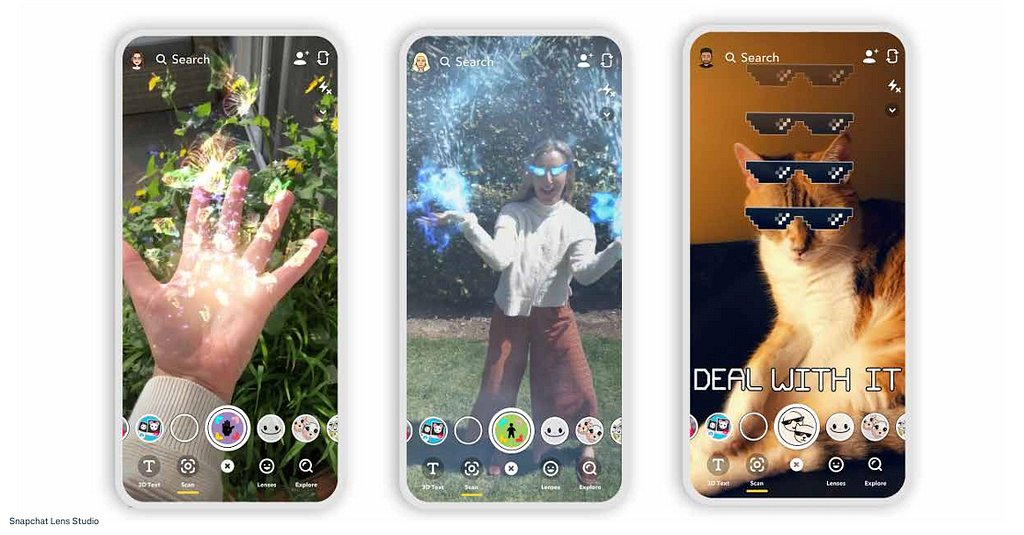According to the World Economic Forum, creativity is one of the top skills to have to thrive in the upcoming years. We want people who can face complex problems and new territories and think in ways others might not have thought of. However, many of us don’t consider ourselves to be creative, and this is due to our poor understanding of what creativity actually is.

Why do the majority of people don’t consider themselves to be creative? We’re stuck with some traditional interpretation of what a creative person looks like. People who draw, play musical instruments and dance. In the digital context, people who create videos, memes and edit photos. But I refuse to believe that you’re less of a creative person just because you’re not an artist or a content creator. Moreover, where do we draw the boundaries between — you are original in creating new ideas and executing them vs. you copy-paste what’s already out there? Then again, who is the judge of this ‘originality’? Isn’t it as subjective as art or design?
As a designer, I often feel pressured to be the most creative person in the room. No matter if it’s in a work context or not. But it’s usually for the wrong reasons and more for the UI part — the final execution and solution — how it looks in the end rather than the process behind to make it happen. That’s a real shame, and it pushed me to search for why creativity matters, what it really is, and why we perceive it the way we do.
“You are a designer; your job must be very creative.”
“Yes, it is, but why do you think so?”
“You get to work with colors…”
Let’s start from the beginning…
Creativity is one of the top skills to have
You don’t have to look far to learn that creativity is often praised as the most important skill to have. Why? Because, as a society, we want to and need to innovate. We need to be able to approach complex problems, find unique solutions, and adapt to the changing world around us, and that’s where creativity comes in.

Creativity is important; it is here, and we want it. But still, more than half of the people globally don’t consider themselves creative. It is likely because we are confused about the concept altogether.
It’s not about the left-right hemispheres of the brain
Have you ever seen one of the left vs. right brain hemisphere pictures? Where the left side is logical thinking, and the right is creativity? Well, that’s different from how it actually works.

While there’s no doubt that different parts of the brain dominate various tasks, it’s the connection between the different brain parts that matter. When talking about creativity, the most connections happen across these networks:
- default network responsible for brainstorming and coming up with multiple ideas
- executive control network controlling the focus and decision-making
- salience network deciding which information gets passed along

The visualization of a ‘creative brain’ gives the wrong impression of having to fit a particular bucket. Either you are very logical, analytical, and dull, or you are this creative individual, a free spirit full of colors who sings, dances, and paints. This simplification leads to doubting ourselves about our creativity and misjudging others, too. For example, in companies, we see marketing as the creatives, engineers probably not so much. In my eyes, engineers are some of the most creative people I’ve met, thanks to using logical thinking and experimentation to turn concepts into reality, even with limited resources at hand.
It’s not a personality trait but a process
I’ve looked into multiple definitions, and while they were all slightly different, they agreed that it’s a process. And it’s not a one-step process, but rather a combination of multiple. Recognizing opportunities, generating ideas, experimenting, connecting the dots, coming up with an outcome…
I was a bit confused here. If it’s a process, how can we use it to describe someone? But then I thought about other soft skills. If someone is, for example, a team player, it also encompasses several skills bundled into one, such as communication, empathy, and collaboration. Fair enough, but again, it can be confusing when people miss the whole context and throw in the word ‘creative’ more as a buzzword without seeing the entire range of it.
And it gets even more tricky with the next point.
Creativity can mean a lot of things
When talking about creativity, we often think about art, music, dance, or photography. Being creative can be about the hobbies you participate in, how you express yourself and communicate with the world, or how you approach and solve problems. It can be many different things according to the context and people you talk to.

If we look at Gen Z and how they define creativity, it can be anything from creating memes to using Snapchat filters and expressing themselves through fashion. That’s also probably why 51% of Gen Zs believe their generation is more creative than the previous ones.
Okay…so it kind of sounds like creativity is everything and nothing at the same time. Is everyone that creates creative? And who is the one to decide? To a degree, it comes down to your own interpretation of this word. But you might find your own understanding in these definitions.
General context — using imagination or original ideas to create something new. The key element here is imagination and originality. We like to link this with ‘traditional’ creative activities like painting or with kids and their vivid fantasy.
Business context — the production of ideas, solutions, or products that are novel, useful, and appropriate. The key element here is innovation. This is where roles like Product Design or Engineering fit.
The action — the drive to create. The key element here is passion and dedication. Continuously showing up to create, no matter the originality or imagination.
When I started writing this article, I thought — I don’t like the word creativity. I felt it was just so misunderstood that even talking about it gets complicated. We still have this image of an artsy individual, maybe a free spirit who just waits for ideas to magically appear and makes decisions driven by feelings rather than logic. This can lead to both doubting ourselves that we are not creative and, in some cases, not even wanting creativity.
“The associations made between creativity and artistic originality often lead to confusion about the appropriate place of creativity in business organizations. In seminars, I’ve asked managers if there is any place they don’t want creativity in their companies. About 80% of the time, they answer, “Accounting.”
But creativity is amazing and also much needed; we should encourage it! This will be hard if we don’t see its full picture or are stuck with limiting beliefs and misleading information. Like UX UI Design being creative for the UI rather than the problem-solving and overall creative process.
My job as a UX UI Designer is mostly creative. The tasks I work on ultimately lead to imagining a new, improved reality — creating a solution that is new, useful, and appropriate at the given time and with the resources available. Sometimes, I can rely on hard facts and existing solutions; other times, I need to rely on my intuition and previous knowledge to make educated guesses, leading to experimentation and, finally, solutions. Try, learn, get back, and do it all over again.

Am I creative all the time? Probably not, or it really depends on how much you envision behind the creative process. However, from my point of view, not everything needs reinventing the wheel or creativity with a capital ‘C’, and that’s okay. I have other skills in my toolset.
Creativity will probably still remain blurry to a certain point. It’s a broad term, and its meaning keeps expanding with each generation and our own collective understanding. However, having the label of a creative or not shouldn’t become your limitation or insecurity.
So the next time you think about creativity…
1. Consider the context. How we see creativity in business will vary with how we traditionally view creativity in art or other disciplines. Limitations and restrictions that you will encounter along the way won’t necessarily kill your creativity. They’ll probably do the opposite and really help you to dig deep into a specific problem space and get really creative with your solution.
2. Remember that creativity is a process rather than waiting for an eureka moment. It can be trained, practiced, and it does take time. Also, it’s okay not to ‘feel creative’ all the time; it might even be part of the process where you need to digest all that you’ve learned so far.
3. Your analytical thinking is not making you less creative. Forget the left and right brain hemisphere bullshit, rather, focus on your personal drive and motivation to create. Because who can really judge the originality?
Why is creativity so blurry, and am I creative? was originally published in UX Collective on Medium, where people are continuing the conversation by highlighting and responding to this story.

Leave a Reply